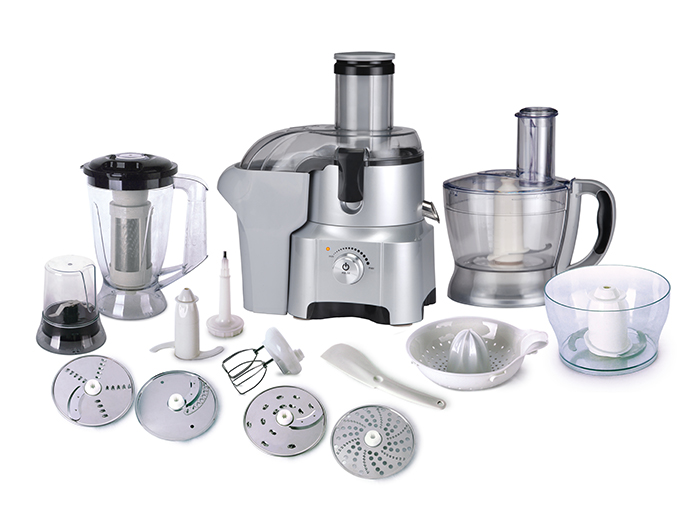With the rise of global environmental awareness, energy saving has become a trend today. The LED industry is one of the most high-profile industries in recent years. So far, LED products have the advantages of energy saving, power saving, high efficiency, fast response time, long life cycle, and no mercury, with environmental benefits; and other advantages. However, usually the input power of LED high-power products is about 20%, which can be converted into light, and the remaining 80% of the electrical energy is converted into heat.
Generally speaking, if the heat energy generated when the LED emits light cannot be exported, the junction temperature of the LED will be too high, which will affect the product life cycle, luminous efficiency, and stability. Relationship, the relationship diagram will be used for further explanation.
1. LED cooling method
According to different packaging technologies, the heat dissipation methods are also different, and the various heat dissipation methods of LEDs can be roughly illustrated as follows:
Description of cooling method:
(1). Heat dissipation from the air
(2). Heat energy is directly exported from the system circuit board
(3). Export thermal energy via gold wire
(4). In the case of eutectic and Flip chip processes, the thermal energy will be exported to the system circuit board through the through hole
Generally speaking, the LED die is connected to its substrate (Substrate of LEDDie) by gold wire, eutectic or flip chip to form an LED chip, and then the LED chip is fixed to the circuit of the system On board (System circuitboard). Therefore, the possible heat dissipation of LEDs is to dissipate heat directly from the air, or through the LED die substrate to the system circuit board and then to the atmosphere. The rate of heat dissipation from the system circuit board to the atmosphere depends on the design of the entire lighting fixture or system.
However, most of the heat dissipation bottlenecks of the entire system at this stage are mainly caused by the conduction of heat from the LED die to its substrate and then to the system circuit board. Possible ways of heat dissipation in this part: One is to directly dissipate heat to the system circuit board through the die substrate. In this heat dissipation route, the heat dissipation capability of the LED die substrate material is a very important parameter. On the other hand, the heat generated by the LED will also reach the system circuit board through the electrode metal wire. Generally speaking, with the gold wire method for electrode bonding, the heat dissipation is limited by the elongated geometry of the metal wire itself; therefore Recently, there are EutecTIc or Flipchip bonding methods. This design greatly reduces the length of the wire and greatly increases the cross-sectional area of ​​the wire. In this way, the heat dissipation efficiency from the LED electrode wire to the system circuit board will be effective Promote.
Through the explanation of the above heat dissipation method, it can be seen that the choice of the heat dissipation substrate material and the packaging method of the LED die occupy an extremely important part in the management of LED heat dissipation.
2. LED heat dissipation substrate
The LED heat dissipation substrate mainly utilizes the heat dissipation substrate material itself to have better thermal conductivity, and the heat source is led out from the LED die. Therefore, in the description of the LED heat dissipation approach, the LED heat dissipation substrate can be subdivided into two categories, namely the LED die substrate and the system circuit board. The heat energy generated when the LED die emits light passes through the LED die heat dissipation substrate to the system circuit board, and then is absorbed by the atmospheric environment to achieve the effect of heat dissipation.
Food Processor 15 In 1 is the most mult-function Food Processors among our products. They have 15 kinds functions. Please check the details as follows.
Description for Food Processor 15 In 1
450E/600W/800W
With juier, blender, fliter, grinder, mixing, chopping, citrus, dough making, egg whisk, slice, shred, mash, frech fires making
1.5L PC blending jar, 1.5L AS mixing jar
ABS power house with spary paint color
2 speeds with pulse,VDE 2 pin plug

Food Processor 15 In 1
Food Processor 10 In 1,Steel 10 In 1 Food Processor,10 In 1 Vegetable Blender,10 In 1 Baby Food Blender
Flying Electronic Co., Ltd , https://www.flyingelectronic.com